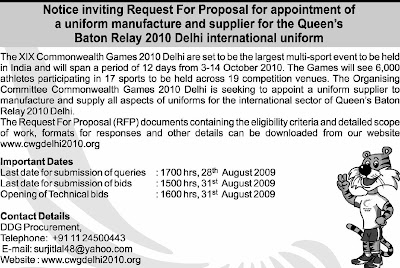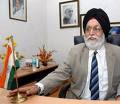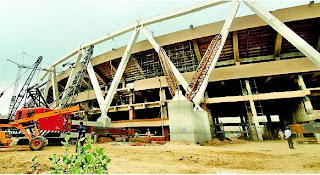
The menu for over 10,000 players and delegates at the Village will be chosen from across continents
Talk about mega meal plans. During Commonwealth Games 2010, the main dining hall in the Games Village will dish out a whopping 36,000 meals a day to feed a family of 10,000 players, officials and coordinators for a fortnight. The menu will be drawn from across every continent and put through rigorous checks to ensure none of the guests suffer any adverse consequences.
To take care of the meal arrangements during the Games, the catering division of the Commonwealth Games organizing committee is now busy working out the logistics.
Around 30 bigwigs from the hospitality sector have responded to the expression of interest floated by the organizing committee for the catering requirements of the Games. Senior officials said they expected to finalize and award the job by the end of this year or January, 2010.
All venues will be divided into food clusters as every discipline will have its own unique food requirements for participants.
While the menu will be drawn from the cuisines of all continents, each Games venue will offer specific "athlete venue meals" based on the nutritional requirement of the athlete. For instance, the nutrition requirement of a table tennis player will be different from that of a boxer. Hence there will be different meals for each.
According to Sharayu Almelkar of the organizing committee's catering division, the menu will be put through a safety checklist based on guidelines which are still being prepared. All the food that will be served will carry the name of the item, details of all ingredients and nutritional value to prevent ill health, allergies and upset stomachs. "For athletes, the right food is critical. Thus the focus will be to get the specifications right," Almelkar said.
With so much emphasis on food, can beverage be far behind? At the Games venues, hydration will be the key. The Games Village will have numerous water vending machines. Juices, energy drinks and soft drinks of every variety will be available in ample quantity in the main dining hall, casual dining outlets and carts which will be placed at convenient points.
To add that extra excitement into the regimented diet plan of athletes, a "surprise and delight" component has been planned. During the main meals in the Games Village, there will be special surprises for players. A birthday cake or a special food corner to showcase the making of Indian delicacies like jalebis(very famous Indian Sweet) would be part of the package.





























